Image Enhancement
The technique of altering digital images to make the results more appropriate for display or additional image analysis is known as image enhancement. To make it simpler to recognize important aspects in an image, you can, for instance, brighten, sharpen, or eliminate noise.
With the help of this potent instrument, images can have higher visual quality and machine vision systems can be given more precise data. Retouching an image to make it look crisper, cleaner, and more visually attractive is the most basic kind of image enhancement. Algorithms like edge detection, noise reduction, and contrast stretching can assist enhance performance for a range of computer vision applications by making critical aspects in an image more visible.
Various Image Enhancement Techniques
The specifics of the image and the desired outcomes will determine how best to apply image enhancement. There are several approaches and strategies at one's disposal. Common methods for enhancing images include:
Contrast adjustment: Contrast adjustment refers to altering the range of tonal values in a picture to bring attention to highlights and shadows or to expose features that may be buried. Techniques like equalization and histogram stretching can be used to achieve this.
Brightness adjustment: This means changing the overall brightness or darkness of a picture. To do this, methods like gamma correction and tone mapping can be applied.
Colour adjustment: It involves altering the relative proportions of the primary colours in an image to produce a more visually pleasing or natural color balance. To do this, methods like white balance and color correction can be applied.
Sharpening: Sharpening is making an image clearer and more defined by bringing out the fine details and edges. This may be accomplished by using methods like unsharp masking and frequency domain filters.
Filtering: It is the practice of applying a mathematical operation to a picture to highlight certain aspects or remove undesirable components. Among the many different kinds of filters that may be used to enhance photos are edge detection, high pass, and low pass filters.
Resampling: It is the process of changing an image's quality by adding or removing pixels. This can be useful for cropping a picture to fit a certain aspect ratio or for improving the clarity or sharpness of the image.
Deblurring: The technique of eliminating noise or blur from an image to improve its clarity and sharpness is known as deblurring. For this, methods like deconvolution or image restoration are employed.
Applications of Image Enhancement
The following are some applications for image enhancement:
Photography: Image enhancement can improve the visual attractiveness of a photograph by adjusting its contrast, brightness, color balance, or sharpness.
Details may be seen more clearly in medical imaging tests like MRIs, CT scans, and X-rays by using image enhancement. This may help diagnose medical issues more precisely.
The process of image augmentation can boost the contrast and quality of aerial images, hence simplifying the process of viewing and comprehending geographical features.
Image processing methods may be used to improve forensic photographs, such as fingerprints or security camera video, in order to identify perpetrators or get evidence.
Military and defence: By improving the contrast and resolution of images taken by military drones or satellites, image augmentation may be used to help detect possible threats or gather intelligence.
Astronomy: By improving telescope image contrast and resolution, astronomers can see and comprehend the finer details of celestial objects more clearly.
Industrial investigation: To improve the visibility of features in photos taken during industrial inspections, such as assessing welds or searching for faults in objects, image enhancement can be performed.
Enhancing images can improve the clarity and contrast of photos taken while keeping an eye on the surroundings, such as seeing vegetation or searching for oil spills.
Steps Involved in Image Enhancement Process
The image's characteristics and the intended result will determine the precise procedure. Image enhancement may be done in a variety of ways and methods. The following is a broad list of actions that are often followed throughout the image enhancement process:
Preprocessing: During this stage, the picture is cleaned up of any noise or artifacts that can impede the enhancing procedure. To do this, methods like filtering and noise reduction can be applied.
Analysis: This stage looks at its attributes to determine which aspects of the image require improvement. It can be required to analyze the image's color balance, contrast, brightness, or other visual components.
Enhancement: Apply the appropriate enhancement techniques during this stage to improve the image's visual quality. This might mean using filters to highlight particular characteristics or get rid of extraneous parts, as well as adjusting the image's contrast, brightness, color balance, and sharpness.
Post-processing: In this final step, the improved picture is inspected for any distortions or artifacts that may have been created during the enhancement process. All required adjustments are made to get the enhanced final image.
Top Image Enhancement Projects
Top Image Enhancement Projects are listed in this section. The final year students can refer to these projects so that they can get ideas for completing their Image Enhancement Final Year Projects.
An X-ray Image Enhancement Algorithm for Dangerous Goods in Airport Security Inspection
Contrast Enhancement of Medical Images Using Statistical Methods with Image Processing Concepts
An Efficient Adaptive Algorithm for Electron Microscopic Image Enhancement and Feature Extraction
Combining highlight removal and low-light image enhancement technique for HDR-like image generation
Contrast And Colour Improvement Based Haze Removal of Underwater Images Using Fusion Technique
Feature Detection and Matching with Lineous Adjustment and Adaptive Thresholding
Combined Use of a Bilateral and Median Filter to Suppress Gaussian Noise in Images
Image Quality Enhancement for Wheat Rust Diseased Images Using Histogram Equalization Technique
REFLECTANCE-ORIENTED PROBABILISTIC EQUALIZATION FOR IMAGE ENHANCEMENT
Image Enhancement and Face Identification in Surveillance Videos with Deep Learning
Hydrophobicity Classification of Composite Insulators Based on Image Enhancement and Deep Learning
Nighttime Image Enhancement Using a New Illumination Boost Algorithm
X-ray Enhancement based on Component Attenuation, Contrast Adjustment and Image Fusion
Reversible Data Hiding with Image Enhancement Using Histogram Shifting

 Workshop on Embedded Systems: Building Real-World Applications
Workshop on Embedded Systems: Building Real-World Applications  Top Internship Training & Certificate
Top Internship Training & Certificate  Internship Benefits Beyond the Resume: How It Shapes Your Career
Internship Benefits Beyond the Resume: How It Shapes Your Career  Turing Internship into Job Offers: Strategies for Success
Turing Internship into Job Offers: Strategies for Success  Day in the Life: A Glimpse into the Realities of Internship Experience
Day in the Life: A Glimpse into the Realities of Internship Experience  Internship Insights: What Recruiters Look for in Candidates
Internship Insights: What Recruiters Look for in Candidates  Why Internships Matter: Building Bridges to Your Future Career
Why Internships Matter: Building Bridges to Your Future Career  Smart Mirror Based on Raspberry Pi
Smart Mirror Based on Raspberry Pi  Best Major & Mini Project Ideas for Engineering College Students
Best Major & Mini Project Ideas for Engineering College Students  Top B.Tech/M.Tech Engineering Projects Consultants & Services
Top B.Tech/M.Tech Engineering Projects Consultants & Services  Engineering Project Ideas & Topics for Students
Engineering Project Ideas & Topics for Students  Engineering Procurement Construction (EPC) Project Services: Step By Step Guide
Engineering Procurement Construction (EPC) Project Services: Step By Step Guide  IEEE Projects in Tirupati
IEEE Projects in Tirupati  Simple Mini Project Ideas for Engineering Students
Simple Mini Project Ideas for Engineering Students 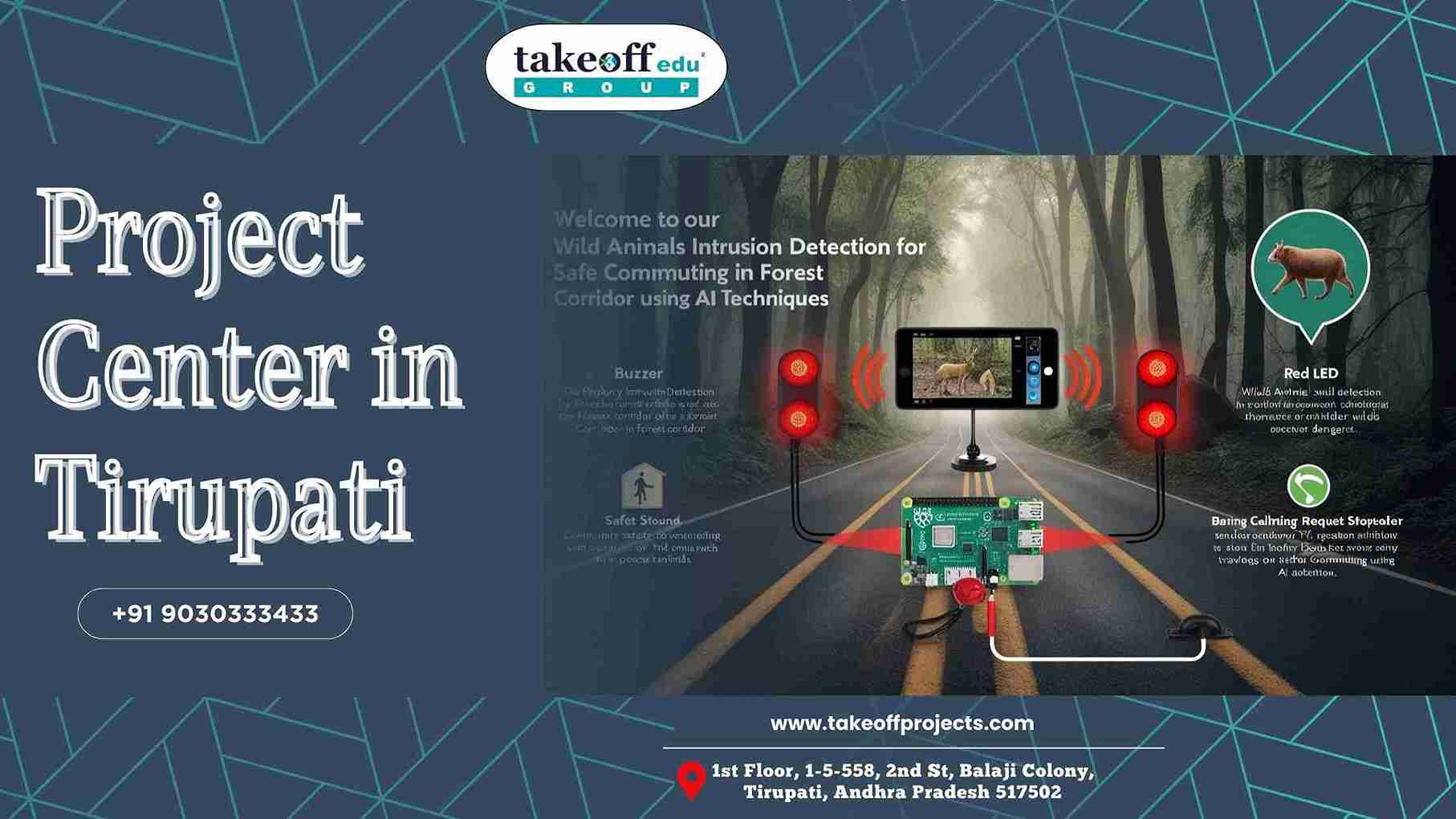 Project Center in Tirupati
Project Center in Tirupati  Top Engineering Project Consultants in Tirupati
Top Engineering Project Consultants in Tirupati  Innovative Software Engineering Projects: Shaping the Future of Technology
Innovative Software Engineering Projects: Shaping the Future of Technology  Major Current and Upcoming Projects
Major Current and Upcoming Projects  Best Project Management Consultant in Tirupati
Best Project Management Consultant in Tirupati  Top 10 Best Project Consultants in Andhra Pradesh
Top 10 Best Project Consultants in Andhra Pradesh  Best Project Consultancy in Tirupati
Best Project Consultancy in Tirupati  Advanced Technology Project Ideas in Chittoor
Advanced Technology Project Ideas in Chittoor  Top Final Year Project Provider in Tirupati
Top Final Year Project Provider in Tirupati  Mini and Major Projects in Chittoor
Mini and Major Projects in Chittoor  Final Year Projects in Tirupati: Unlocking Your Academic Potential
Final Year Projects in Tirupati: Unlocking Your Academic Potential  Affordable Academic Projects in India: A Gateway to Success
Affordable Academic Projects in India: A Gateway to Success  Trending Engineering Project Ideas in Tirupati 2025
Trending Engineering Project Ideas in Tirupati 2025  Technical Project ideas for engineering students
Technical Project ideas for engineering students  How Do I Choose A Project Topic Titles For Final Year Engineering Students?
How Do I Choose A Project Topic Titles For Final Year Engineering Students?  Find Best College Project Centers in Andhra Pradesh
Find Best College Project Centers in Andhra Pradesh  Latest Engineering Project Ideas for 2025
Latest Engineering Project Ideas for 2025  Top Engineering Project Work in Vizianagaram: Empowering Student Success
Top Engineering Project Work in Vizianagaram: Empowering Student Success  Final Year Project Ideas for Students in Chittoor
Final Year Project Ideas for Students in Chittoor  Project Ideas for College Students in Telangana
Project Ideas for College Students in Telangana  Top 10 Mini Project Ideas for College Students
Top 10 Mini Project Ideas for College Students  Project Work for Students in Tirupati
Project Work for Students in Tirupati  Best Engineering Projects in Andhra Pradesh: A Comprehensive Guide
Best Engineering Projects in Andhra Pradesh: A Comprehensive Guide  Using Cloud-Based Tools for Collaborative Research Projects
Using Cloud-Based Tools for Collaborative Research Projects  Advantages of Undergraduate Research Opportunities
Advantages of Undergraduate Research Opportunities  How to Prepare for Academic Research Conferences
How to Prepare for Academic Research Conferences  Understanding the Different Types of Academic Research
Understanding the Different Types of Academic Research  Navigating the Peer Review Process: Tips for Success
Navigating the Peer Review Process: Tips for Success  How to Write the Abstract for a Research Paper
How to Write the Abstract for a Research Paper  The Impact of Academic Research on Policy Making
The Impact of Academic Research on Policy Making  Exploring Open Access Journals for Academic Publishing
Exploring Open Access Journals for Academic Publishing  The Role of Academic Journals in Disseminating Research
The Role of Academic Journals in Disseminating Research  How to Balance Coursework and Research Projects: A Guide to Academic Success
How to Balance Coursework and Research Projects: A Guide to Academic Success  The Importance of Research Ethics Committees
The Importance of Research Ethics Committees  Innovative Teaching Methods to Support Academic Research Projects
Innovative Teaching Methods to Support Academic Research Projects  Creating Impactful Visual Aids for Research Presentations
Creating Impactful Visual Aids for Research Presentations  The Benefits of Peer Review in Academic Research
The Benefits of Peer Review in Academic Research  Surveys and Questionnaires are Effective in Academic Research
Surveys and Questionnaires are Effective in Academic Research  Importance of Documentation Record-Keeping in Academic Research
Importance of Documentation Record-Keeping in Academic Research  Overcoming Challenges in Academic Research Projects
Overcoming Challenges in Academic Research Projects  Leveraging Online Resources for Academic Research
Leveraging Online Resources for Academic Research  Successful Academic Projects in Computer Science: Case Studies
Successful Academic Projects in Computer Science: Case Studies  Building a Research Network: The Importance of Conferences and Workshops
Building a Research Network: The Importance of Conferences and Workshops  How Technology Affects Academic Research?
How Technology Affects Academic Research?  Getting Funding for Your Research Project: Tips and Resources
Getting Funding for Your Research Project: Tips and Resources  Time Management Strategies for Academic Researchers
Time Management Strategies for Academic Researchers  Ethical Considerations in Academic Research
Ethical Considerations in Academic Research  How to Write and Publishing Your Academic Paper?
How to Write and Publishing Your Academic Paper?  Presenting Your Research: Guidelines To Consider When Making An Academic Presentation
Presenting Your Research: Guidelines To Consider When Making An Academic Presentation  Analyzing Research Data: Effective Techniques in Engineering Projects
Analyzing Research Data: Effective Techniques in Engineering Projects  Best Practices for Conducting a Literature Review
Best Practices for Conducting a Literature Review  Writing a Winning Student Research Proposal: A Step-by-Step Guide
Writing a Winning Student Research Proposal: A Step-by-Step Guide  Project Management for Academic Research: Tools and Techniques
Project Management for Academic Research: Tools and Techniques  How to Choose the Perfect Academic Project Topic?
How to Choose the Perfect Academic Project Topic?  Presenting Final Year Project to Your Supervisor
Presenting Final Year Project to Your Supervisor  Trending Engineering Projects in 2024 Future-Ready
Trending Engineering Projects in 2024 Future-Ready 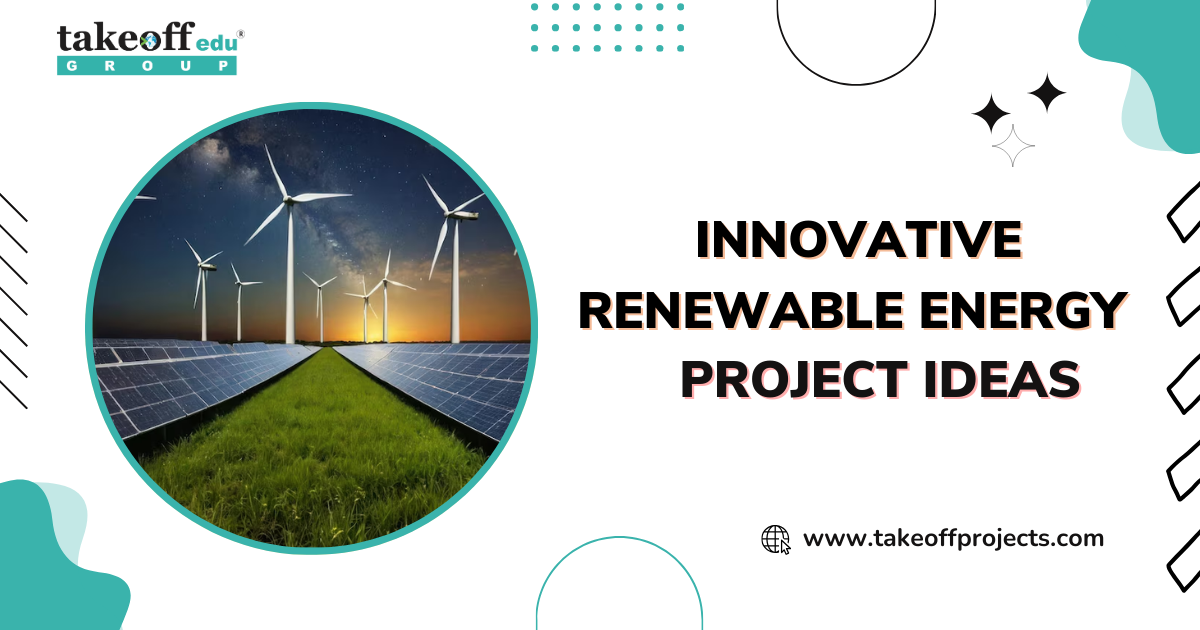 Innovative Renewable Energy Project Ideas
Innovative Renewable Energy Project Ideas  How Engineering Projects Ideas to contribute your academic year?
How Engineering Projects Ideas to contribute your academic year?  Latest Engineering Projects in 2024
Latest Engineering Projects in 2024 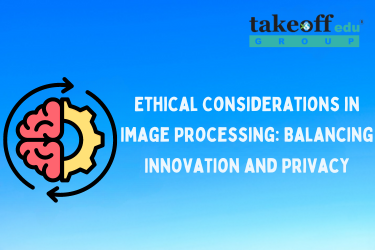 Ethical Considerations in Image Processing: Balancing Innovation and Privacy
Ethical Considerations in Image Processing: Balancing Innovation and Privacy 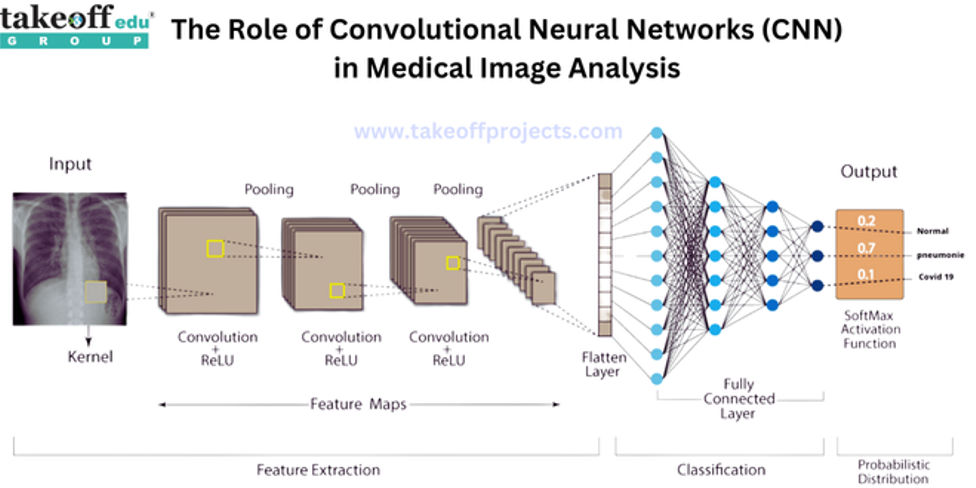 The Role of Convolutional Neural Networks in Medical Image Analysis
The Role of Convolutional Neural Networks in Medical Image Analysis  Advancements in Image Segmentation Techniques: A Comprehensive Overview
Advancements in Image Segmentation Techniques: A Comprehensive Overview 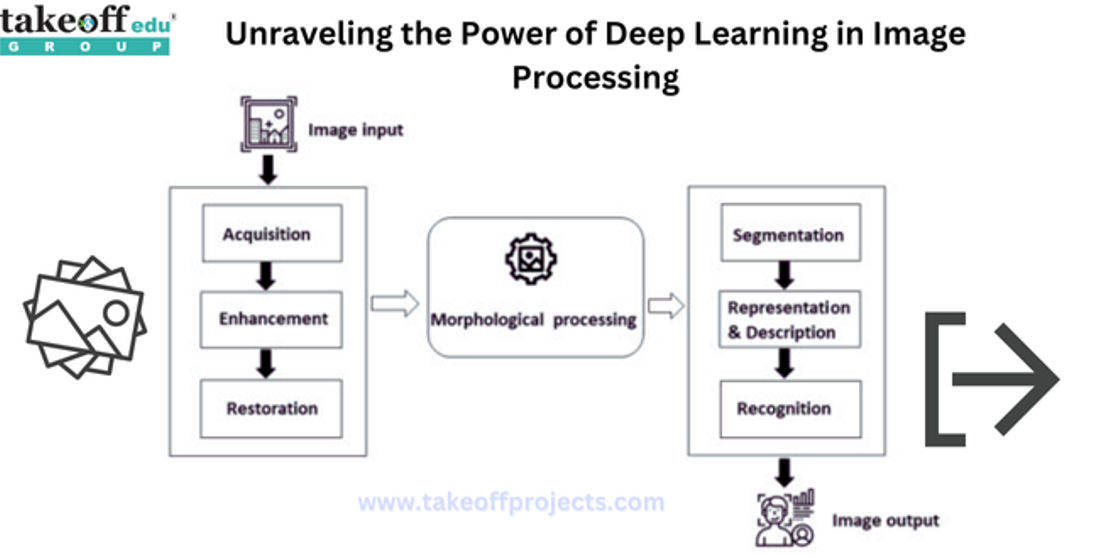 Unraveling the Power of Deep Learning in Image Processing
Unraveling the Power of Deep Learning in Image Processing  Importance of Final Year Projects for Students
Importance of Final Year Projects for Students  How to Present Your Final Year Project to Your Supervisor?
How to Present Your Final Year Project to Your Supervisor?  How to Choose the Right Final Year Project Topic?
How to Choose the Right Final Year Project Topic?  Common Mistakes to Avoid on Your Final Year Project
Common Mistakes to Avoid on Your Final Year Project  How to Write a Winning Engineering Project Report?
How to Write a Winning Engineering Project Report?  Low Cost Mini Projects Ideas for Civil Engineering
Low Cost Mini Projects Ideas for Civil Engineering  Low Cost Mini Project Ideas for Mechanical Engineering
Low Cost Mini Project Ideas for Mechanical Engineering  BSc IT Projects for Final Year
BSc IT Projects for Final Year  Instrumentation Projects for Final Year Students
Instrumentation Projects for Final Year Students  Biomedical Instrumentation Projects
Biomedical Instrumentation Projects  M.Tech Structural Engineering Projects
M.Tech Structural Engineering Projects  M.Tech Thesis Writing Services
M.Tech Thesis Writing Services  M.Tech Projects for Electrical, Electronics & Software Engineering
M.Tech Projects for Electrical, Electronics & Software Engineering  Latest Final Year Projects for B.Tech & M.Tech Students
Latest Final Year Projects for B.Tech & M.Tech Students  2023 B.Tech Final Year Projects for Students
2023 B.Tech Final Year Projects for Students  Latest BCA Final Year Project Ideas for 2023
Latest BCA Final Year Project Ideas for 2023  Top BE Projects Ideas & Topics for Students
Top BE Projects Ideas & Topics for Students  14+ Interesting Engineering Projects
14+ Interesting Engineering Projects  IEEE Final Year Projects
IEEE Final Year Projects 
 Paper Publishing
Paper Publishing


